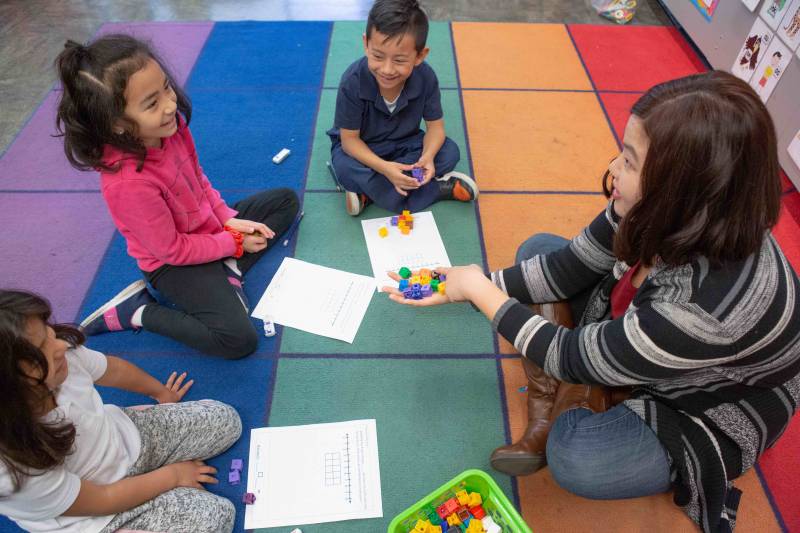What is “good” teaching? Ask 10 people and you’ll get 10 different answers. Hollywood celebrates teachers who believe in their students and help them to achieve their dreams. The influential education economist Eric Hanushek, a senior fellow at Stanford University’s Hoover Institution, argues that good teachers raise their students’ achievement. Teachers are expected to impart so many things, from how to study and take notes to how to share and take turns. Deciding what constitutes good teaching is a messy business.
Two researchers from the University of Maryland and Harvard University waded into this mess. They analyzed 53 elementary school teachers who had been randomly assigned to classrooms in their schools located in four different districts along the East Coast. Focusing on math instruction, the researchers compared students’ math scores with surveys that the fourth and fifth-grade students had filled out as part of an experiment. Students were asked to rate their math classes the way consumers fill out customer satisfaction surveys: “This math class is a happy place for me to be;” “Being in this math class makes me feel sad or angry;” “The things we have done this math this year are interesting;” “Because of this teacher, I am learning to love math,” and “I enjoy math class this year.”
The academics found that there was often a tradeoff between "good teaching" where kids learn stuff and "good teaching" that kids enjoy. Teachers who were good at raising test scores tended to receive low student evaluations. Teachers with great student evaluations tended not to raise test scores all that much.
“The teachers and the teaching practices that can increase test scores often are not the same as those that improve student-reported engagement,” said David Blazar, one of the study’s co-authors and an associate professor of education policy at the University of Maryland College Park.
Blazar’s study, “Challenges and Tradeoffs of ‘Good’ Teaching: The Pursuit of Multiple Educational Outcomes,” was co-written with Cynthia Pollard, a doctoral student at Harvard University’s Graduate School of Education. It was publicly posted in June 2022 as a working paper of the Annenberg Institute at Brown University.


